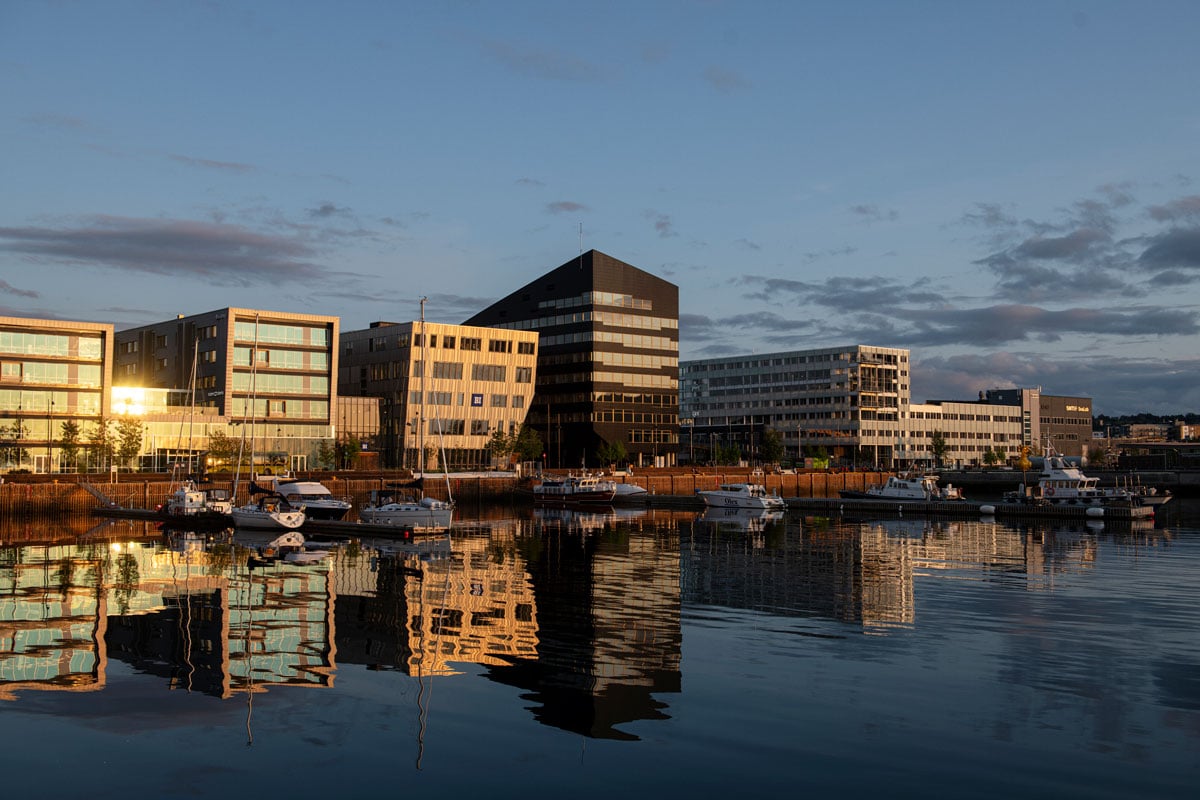
Photo courtesy of Ivar Kvaal
Powerhouse Brattørkaia
Cold temperatures and long Scandanavian winter nights didn’t stop Snøhetta from designing an energy-positive building in Trondheim, Norway. At 63° north of the equator, Powerhouse Brattørkaia is the northernmost energy-positive building in the world. The building minimizes energy use with maximally efficient insulation, intelligent airflow, and heating and cooling systems that use nearby seawater. It maximizes its energy output with 3,000 square meters of carefully oriented solar panels on its roof and facade, storing energy from long summer days for use in the winter. Truly living up to its name, Powerhouse Brattørkaia is expected to produce more than twice its daily average electricity needs, sharing the surplus through a local microgrid.
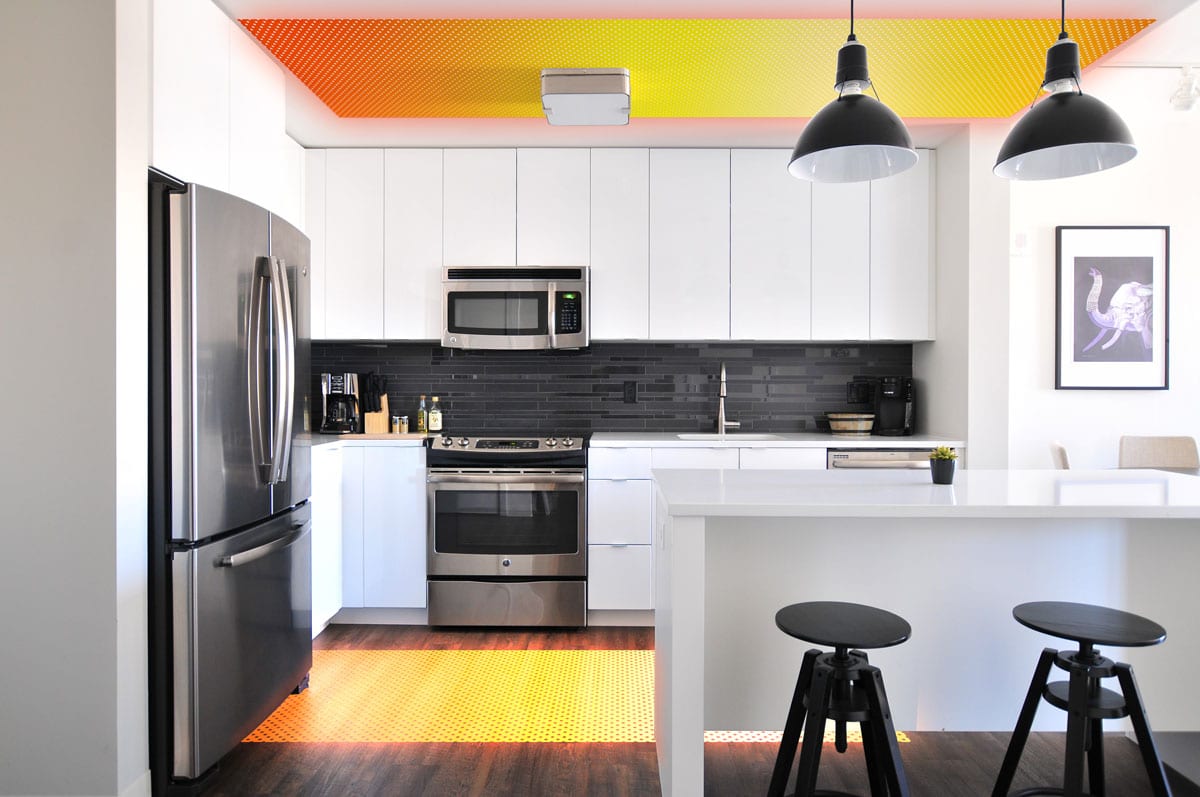
Photo courtesy of Carbontec
Carbontec Radiant Heating Systems
Heating a room efficiently is tricky and can come at a major financial and environmental cost. Carbontec’s Radiant Heating Systems provide new heating technologies that run at a safe and cost-effective low voltage. Carbontec’s systems yield 98% efficiency without boilers or radiators—systems that are typically only 70% efficient. Waves of infrared energy are generated from a carbon fiber polymer film that can adhere to the walls, floors, and ceilings of any home or business. Connecting the transformer and thermostat to a Bluetooth device also allows you to regulate the temperature while the system remains completely out of sight.
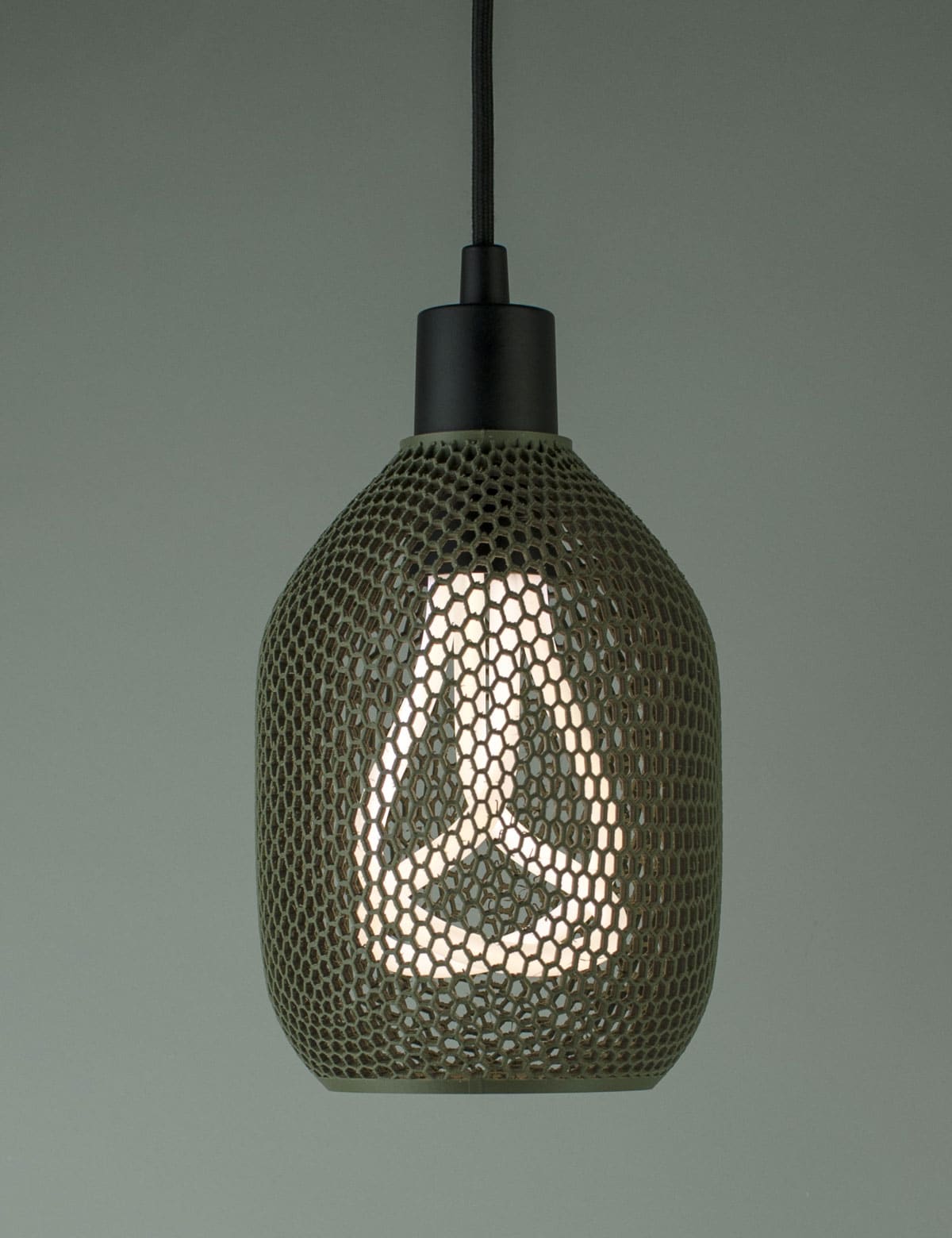
Photo courtesy of Plumen
Plumen Hive Shade
Plumen’s latest light shades are an elegant answer to the task of brightening your space. The new Hive shade’s tessellating hexagonal design reflects the pattern of a honeybee moving from comb to comb, muting white light while keeping the form of the bulb visible. Designer Luke Deering also wanted to bring together a graceful biomorphic lighting solution with a sustainable production process. The shade is 3D printed using PLA bioplastic, made up of 90% recycled plastic and other plant based resources. All six color options are made to order in the UK to eliminate waste and shipping costs.
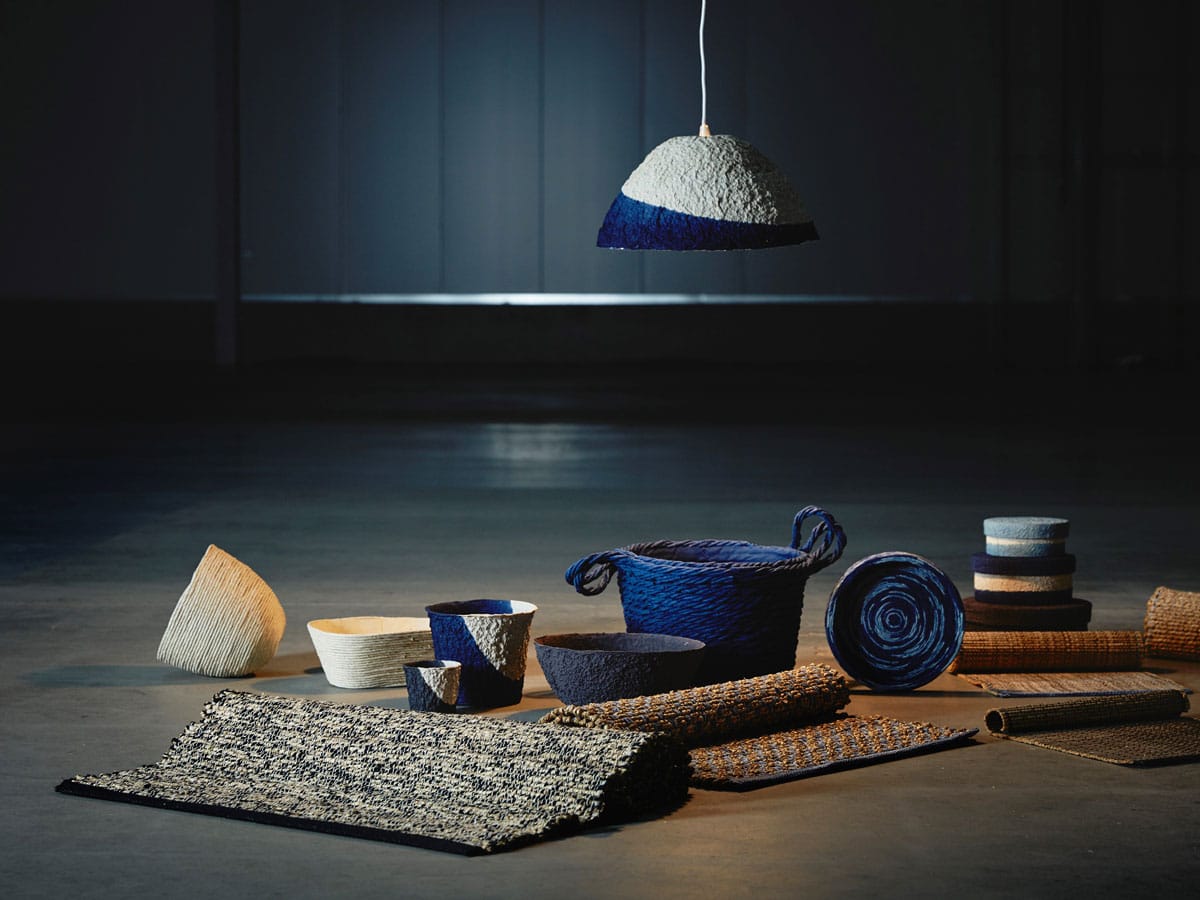
Photo courtesy of Inter Ikea Systems B.V.
IKEA’s FÖRÄNDRING
After each harvest in North India rice farmers are left with fields of leftover debris in their fields—rice straw. Often huge swaths of rice straw are burned to make way for new crops, but IKEA is trying to find practical, marketable ways to prevent the air pollution that results. Enter FÖRÄNDRING (Swedish for “change”), the company’s first line of home goods made from rice straw repurposed as a raw material. The line, consisting of baskets, rugs, lamp-shades, and more, will be available in select worldwide markets, and IKEA has joined the Climate and Clean Air Coalition to help spread the mission of FÖRÄNDRING to other regions that practice crop burning.
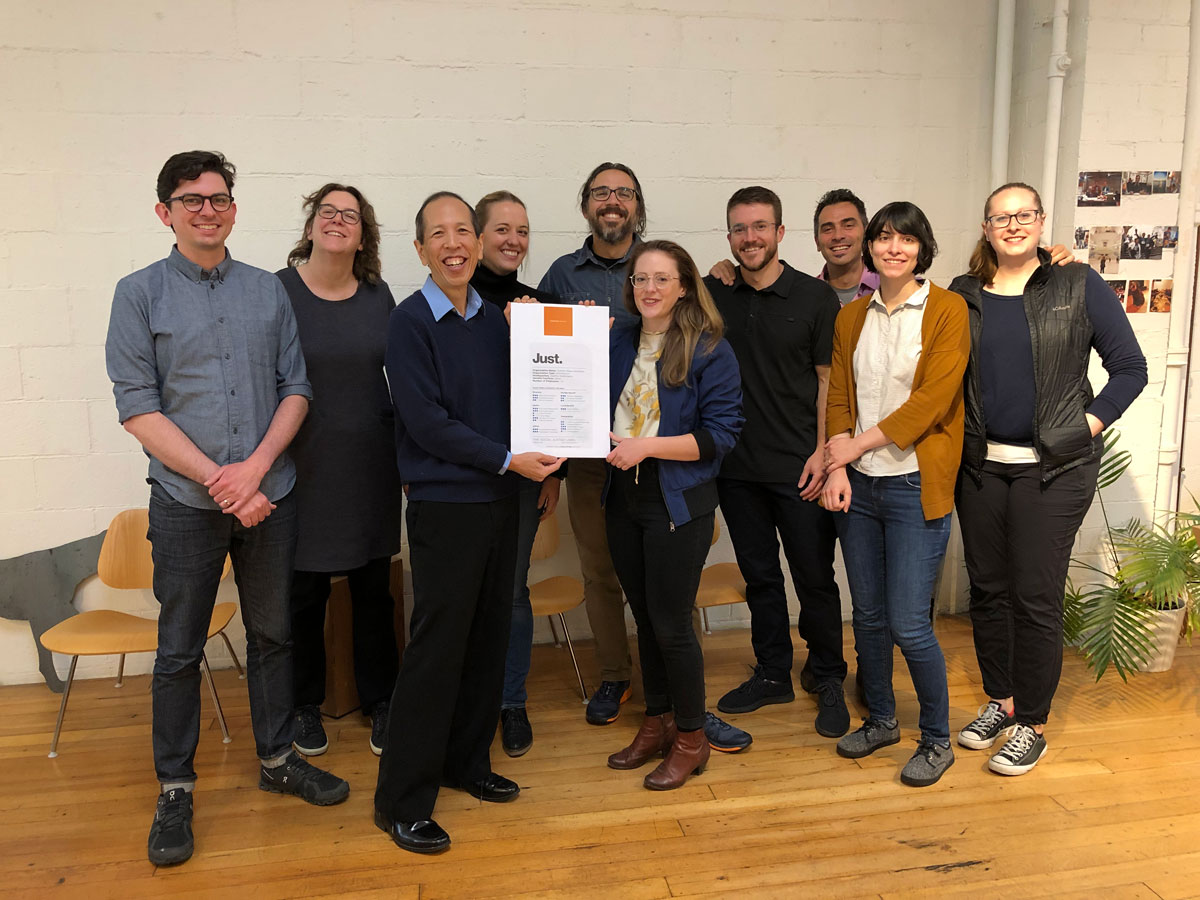
Photo courtesy of ILFI
The JUST Program
The JUST Program from the International Living Future Institute is the “nutrition label” for how companies handle crucial issues like diversity, equity, and inclusion. And now, a record-setting 750 organizations have decided to pursue the JUST label. News of the huge influx of registrations proves that the number of companies ready to be transparent about social equity is steadily rising. Working under the guidelines of the JUST Program, employees are more engaged and ready to have important conversations. The program has already been widely accepted as the standard metric for social equity from firms working in the AEC sector globally, marking a meaningful improvement in how companies manage social equity.
